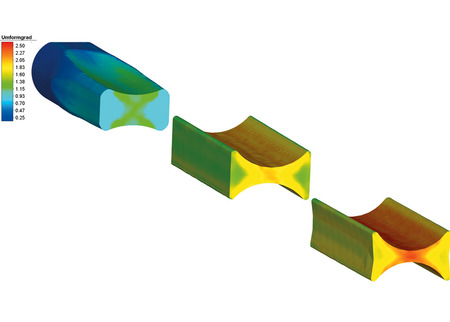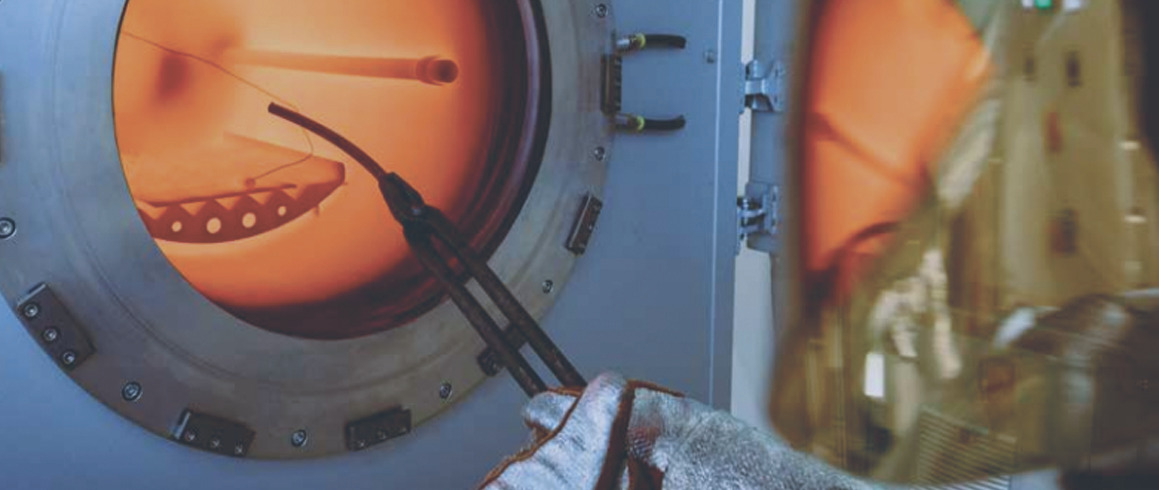New solutions are important because, for example, in car body construction it is a question of the lightest and stiffest possible designs, our increasing ecological awareness and the associated small CO2 footprint, lightweight construction, safety for vehicle occupants, optimized production and the cost-conscious use of resources.
VIRTUAL PRODUCT DEVELOPMENT

Correspondingly specialized steel alloys exist in almost all industrial areas in order to open up increasingly differentiated areas of application. So what needs to be done if you want to develop new solutions in these areas?
The many potential solutions can no longer be discovered via trial and error, we simply don't have the time to seriously consider this approach to work. We are forced to switch into the virtual world to try new solutions. This needs a good understanding of the material models, but also of the whole numerical world. Numerical means: Thinking the world in bits and bytes, translating metallographic microstructures or production processes into computational operations, creating models of the real world.
The benefits of virtual product development are endless. No large casting sequences are required in the steel mill to subsequently produce the first wires in the hot rolling mill, which our customers convert into product samples. Our imagination and our knowledge of materials and processes is all needed to simulate properties and processes and to find optimization possibilities.
Our claim is to have the knowledge to use this virtual development approach for our product development.

Virtual material development requires a broad field of competence in the area of metallurgy. Which microstructural constituents cause which final physical properties? What are the mechanisms that lead to the formation of certain metallurgical phases? How can a retained austenite in a bainite be imagined in a simplified and computer-accessible way? What does a lamellar spacing do to a pearlite? These questions and mathematical answers describe new materials.
Every metallurgical structure is the result of a physical manufacturing process. To describe this process - the sequence of heating and cooling operations, of deformation operations and rest periods - is the second task of virtual material development. Every physical process can be reported by virtually describing heat transfer conditions, material transports, chemical surface processes and much more.
The third point of virtual material development is the simulation of the material application. Finally yet importantly, the virtual crash test of each new component or vehicle. In order to be able to map the deformation behavior of the material sufficiently accurately in the FE (finite element) simulation, defined parameters must be transferred to a numerical calculation model. The parameters are determined by complex tests on the material. The large number of continuously developed steel alloys means that the material tests for model calibration are becoming a decisive time and cost factor, so that both steel manufacturers and the automotive industry are endeavoring to find an improvement or acceleration of the parameter determination in this respect. Here we are ready to offer faster results.